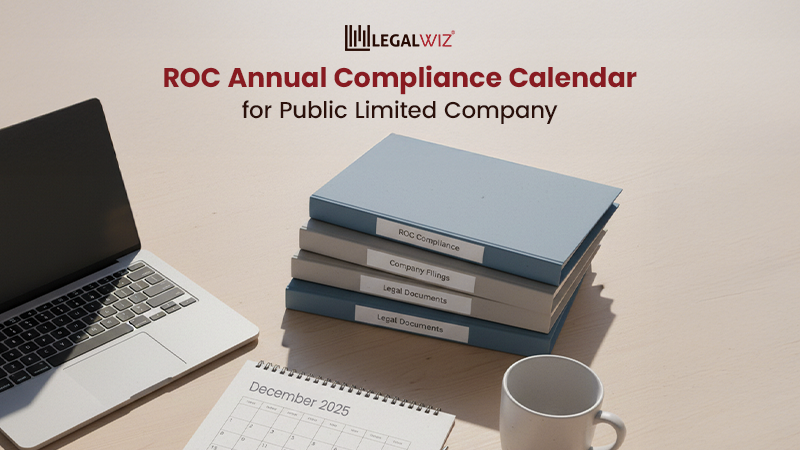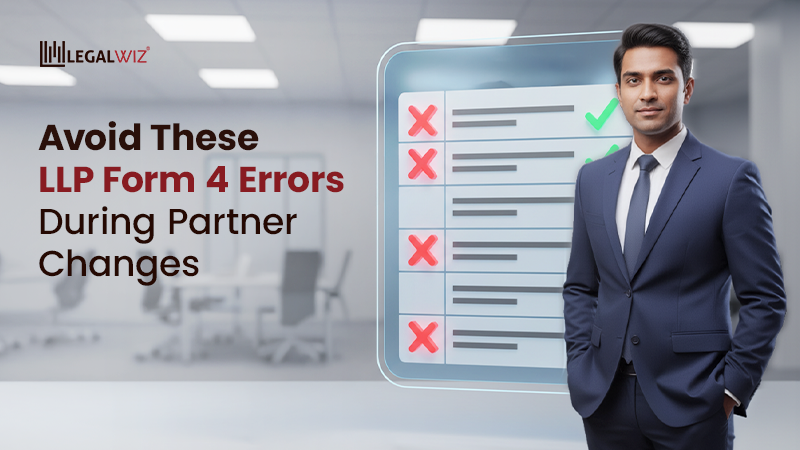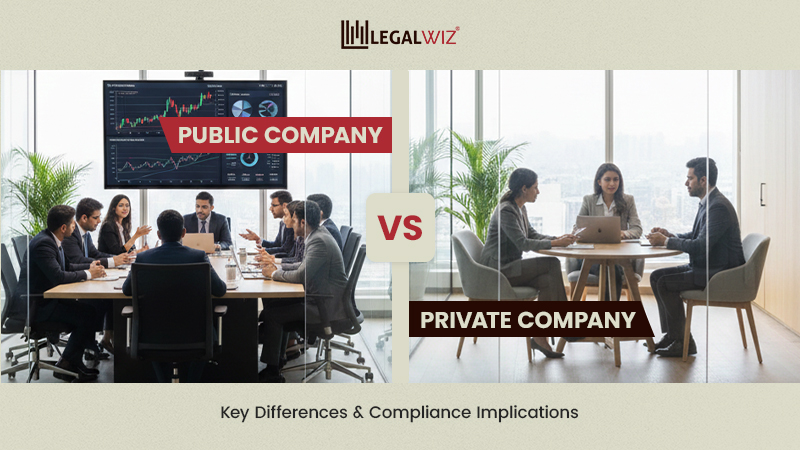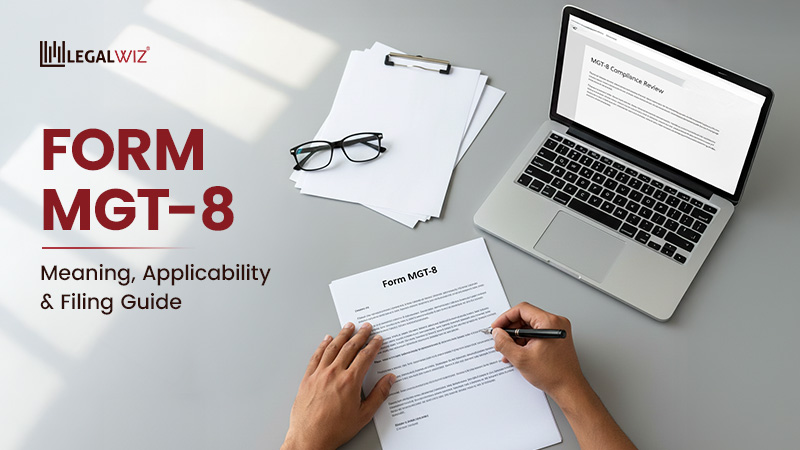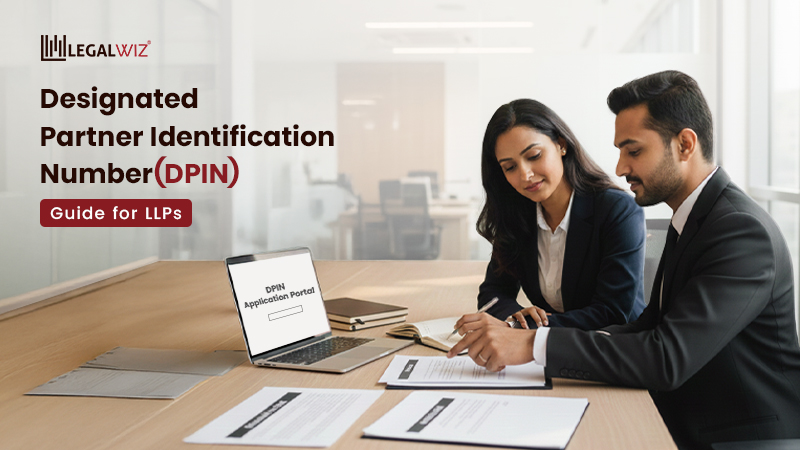What is Capital Clause of Memorandum of Association?
The Memorandum of Association (MOA) is a public legal document mandatory for all companies registered under the Companies Act. 2013. It sets out the objective, scope and limitations of the company. For pvt ltd company registration in India, submitting this document is a must. Moreover, this document contains six important clauses. The capital clause of memorandum of association is one such mandatory clause. Through this article, you can get a detailed idea of what is capital clause in MOA and how it affects the company.
What is capital clause in Memorandum of Association?
The capital clause in MOA is its fifth clause. This clause serves the following purpose:
- The capital clause defines the companies share capital during the company registration process. Moreover, it defines the maximum capital the company can raise, ie., its authorised capital or nominal capital;
- It sets the limit of capital and shares. You cannot raise more capital or issue more shares than as mentioned in capital clause of memorandum of association. In the event you need to raise more shares than the limit of your capital clause, you will have to amend the capital clause;
- Lastly, it also defines the various types of shares that the company can have, its number and also the face value. Here, for public listed companies, it is mandatory to define the face value of their shares in the capital clause in MOA.
Altering the capital clause of memorandum of association
There are five different types of alterations that you can opt for the capital clause of memorandum of association. These include:
- Increase in authorised share capital: this will allow you to increase the limit of funds you raise for your company;
- Consolidation of share capital: you can consolidate the shares of smaller denominations with the shares of larger denomination;
- Conversion of share capital: in this type of alteration of the capital clause in MOA, a company can either alter their stock into fully paid-up shares or convert their fully paid-up shares into stock;
- Subdivision of share capital: here the company divides its existing number of shares into even smaller shares and increases the number of shares; and
- Cancellation of share capital: this alteration in the capital clause of memorandum of association is required when the company is desirous of reducing the number of its shares and share capital.
Keynote: The first shareholders agreement of the company is drafted on the basis of the capital distribution as per the capital clause in the MOA.
Procedure for altering capital clause
To alter the capital clause, you will have to alter the memorandum of association of the company. The alteration of Memorandum of Association is a significant change to the core of the company. To alter the capital clause of memorandum of association, you need to follow the steps below:
- First, issue a notice of board meeting at least 7 days prior and also define the agenda of the meeting;
- Then the second step is to pass a board resolution for altering the Capital Clause in MOA;
- Thirdly, obtain approval of shareholders in a shareholders meeting. Hence, you need to decide the time, date and venue for the shareholders meeting.
- Fourthly, the director sends a notice of extraordinary general meeting to the shareholders. You need to send this notice at least 7 days prior to the date of the meeting;
- At the shareholders meeting, the shareholders need to pass a resolution by a majority approving such a change in the capital clause of the company; and
- Finally, the Registrar of Companies needs to be notified about the alteration in the capital clause within 30 days from the passing of such resolution. If the same is not notified within 30 days the company shall have to pay a fine.
Also Read: Importance of the Memorandum of Association of a company
Conclusion
Since the capital clause of memorandum of association is all about the share capital of the company, it is one of the fundamental clauses of the charter document. That’s why the alteration process of capital clause is complex and involves a board resolution and assent. To get help regarding your MOA or any other related problems, hop onto LegalWiz.in. Our experts will guide you through any and all aspects of business registration, be it a new business or old! Reach out to us to get an answer to all your queries!
Frequently Asked Questions
If I raise funds as a startup, do I need to amend the capital clause?
Yes, if there is a change in the share capital of the company, you will have to amend the capital clause of MOA.
If share capital is raised beyond the authorised limit of capital clause, what are the consequences?
Any action that falls beyond the scope of capital clause of your MOA are ultra vires and invalid.

Monjima Ghosh
Monjima is a lawyer and a professional content writer at LegalWiz.in. She has a keen interest in Legal technology & Legal design, and believes that content makes the world go round.

